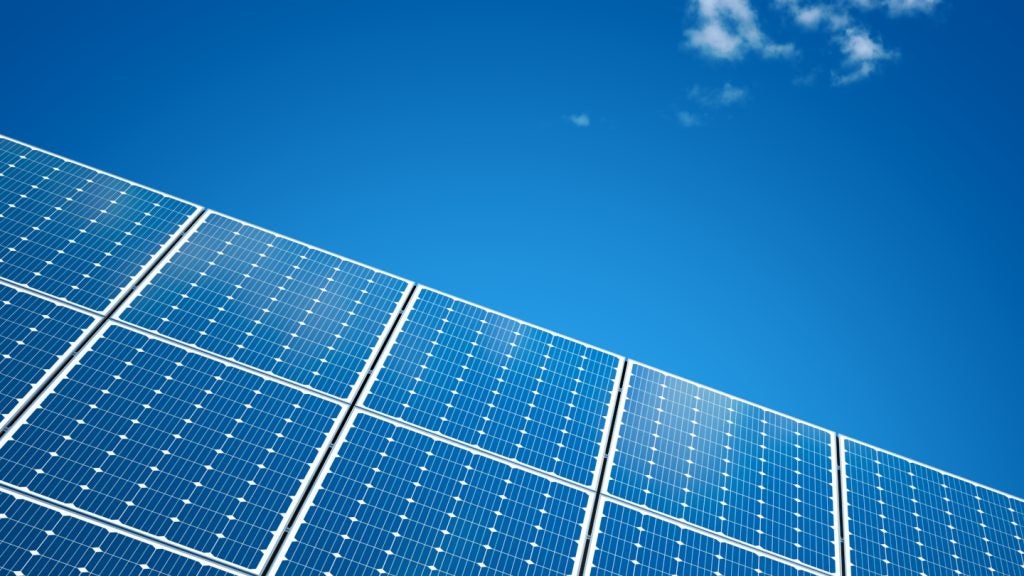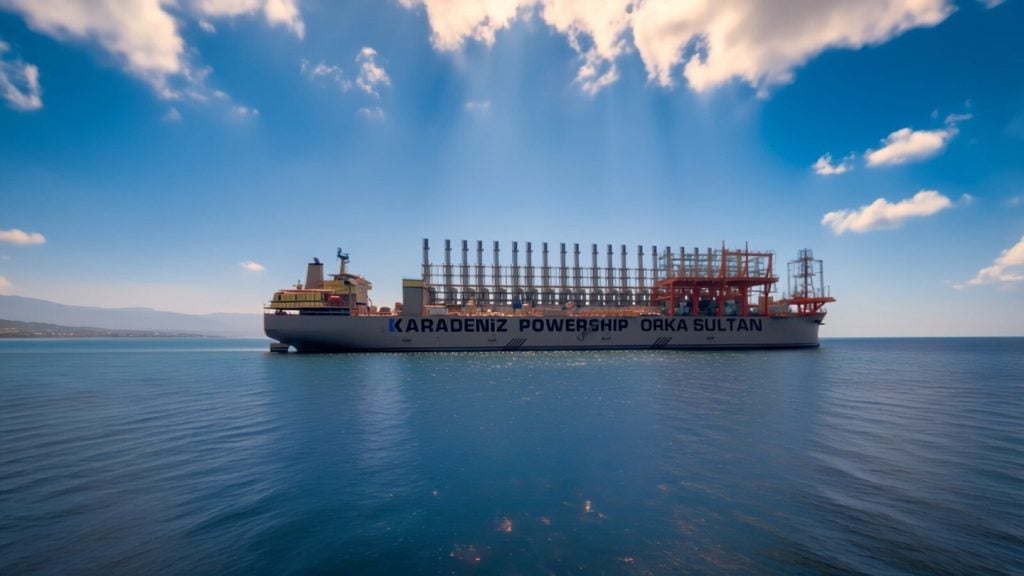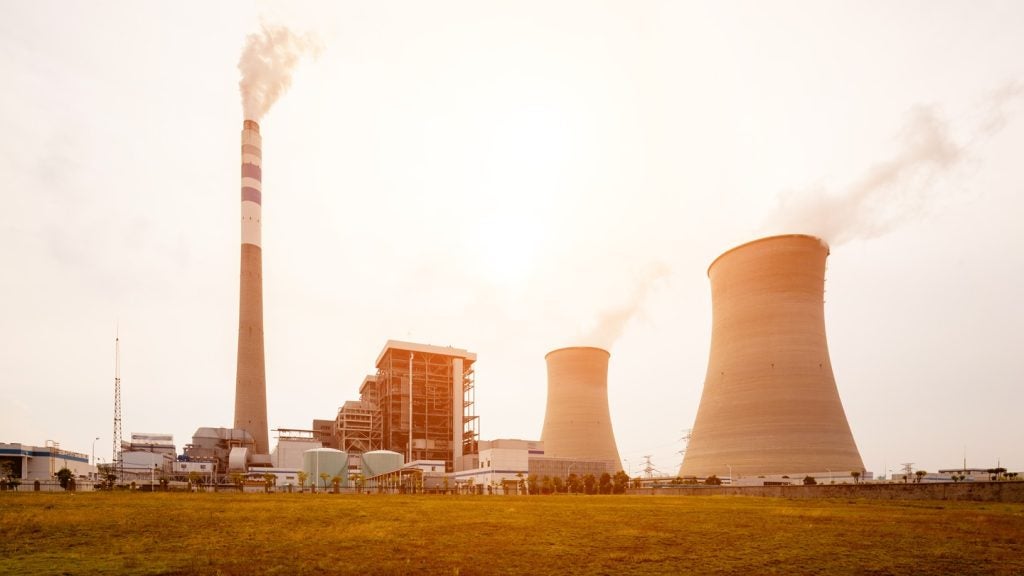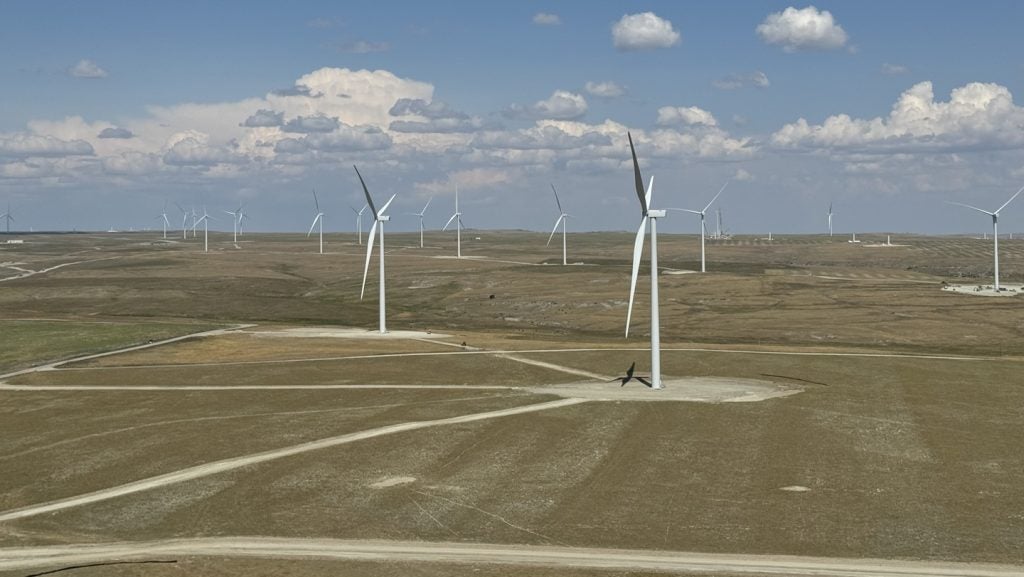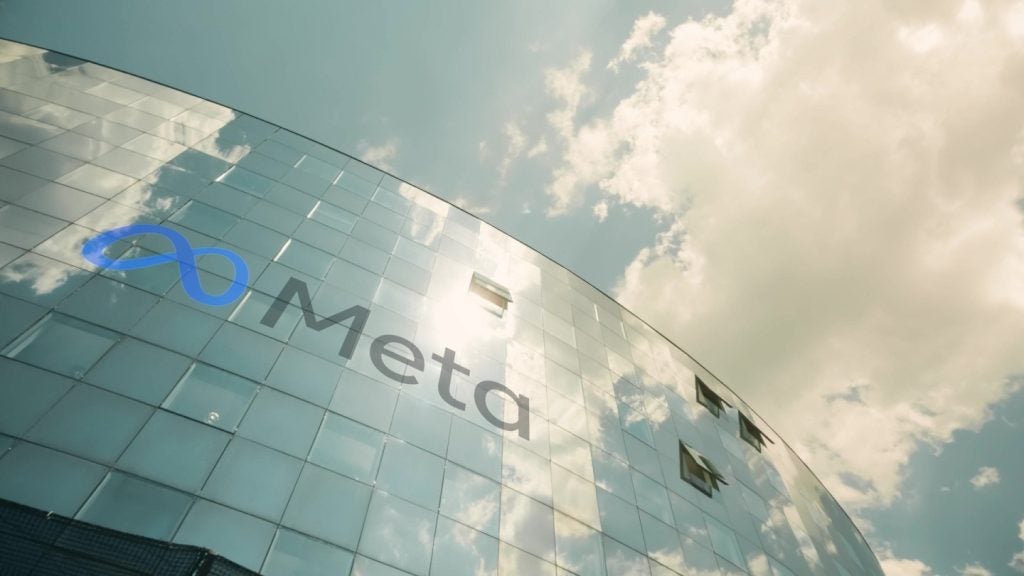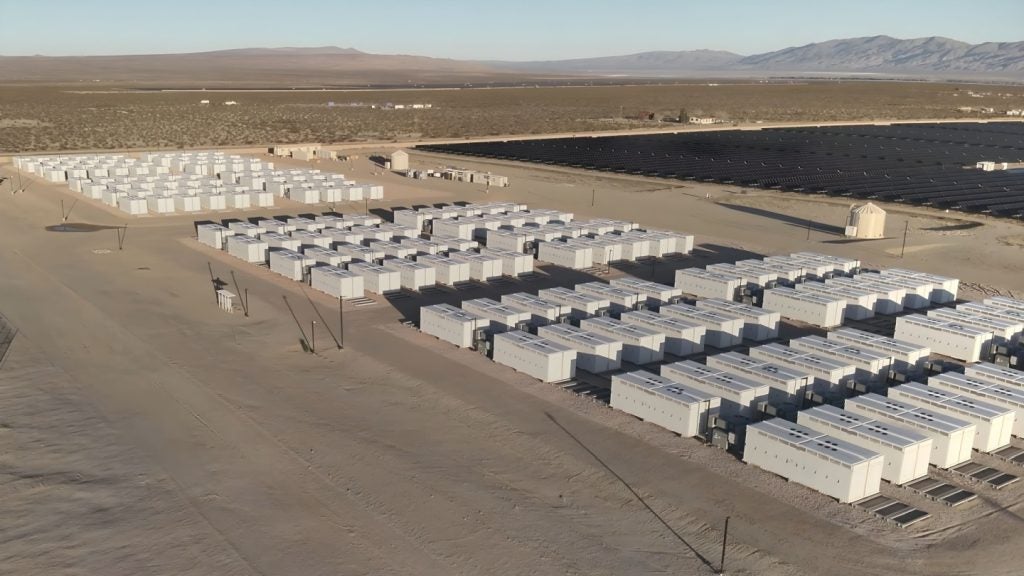Pakistan is witnessing a shift in its energy landscape as the country embraces solar photovoltaic (PV) and battery energy storage systems to combat “chronic” power shortages and high electricity costs.
In 2024, Pakistan imported 17GW of solar PV and an estimated 1.25GWh of lithium-ion battery packs, marking an addition to its 40GW of total installed capacity.
This trend is projected to continue, with battery imports potentially reaching 8.75GWh by 2030, enough to meet over a quarter of peak demand, while solar could cover most daytime power requirements.
The surge in solar and batteries is not only driving down energy costs for Pakistani users but also enhancing reliability and contributing to the country's energy sovereignty by reducing dependence on imported fuels.
However, this transformation poses new challenges for grid resilience and system integration.
The rapid growth of distributed energy is creating a divide between grid-dependent users and those who can afford off-grid solutions such as rooftop solar and batteries.
This “uncoordinated” expansion raises critical questions for Pakistan's national grid, including fairness in cost-sharing and the impact of "take-or-pay" agreements with legacy gas and coal plants.
In 2024, Pakistan’s National Electric Power Regulatory Authority (NEPRA) reported that capacity payments to power plants exceeded PKR2tn ($7bn), a cost that must be recovered through higher tariffs on a diminishing customer base.
To address these challenges and make the energy transition more inclusive, the country is exploring financing mechanisms such as blended finance and concessional loans.
Institutions such as the Asian Development Bank (ADB) and Green Climate Fund (GCF) are already supporting projects such as the Pakistan Distributed Solar Project, which leverages a GCF-backed guarantee to finance solar installations through the State Bank of Pakistan’s renewable energy scheme.
Pakistan's energy transition also underscores the need for utility-scale solar projects to complement rooftop and distributed systems, essential for meeting growing demand and facilitating the transition.
Financing solutions must cater to all segments of the population to ensure that the rapid shift to solar and storage benefits the entire power system.
Other emerging economies can draw valuable insights from Pakistan's experience. Recommendations include making the energy transition inclusive, integrating distributed energy into the system, including legacy assets, incorporating the mobility sector, and planning ahead for scale.
As the cost of solar panels and batteries continues to fall, these economies can leverage Pakistan's lessons to manage their transitions towards “affordable” and low-carbon energy.


